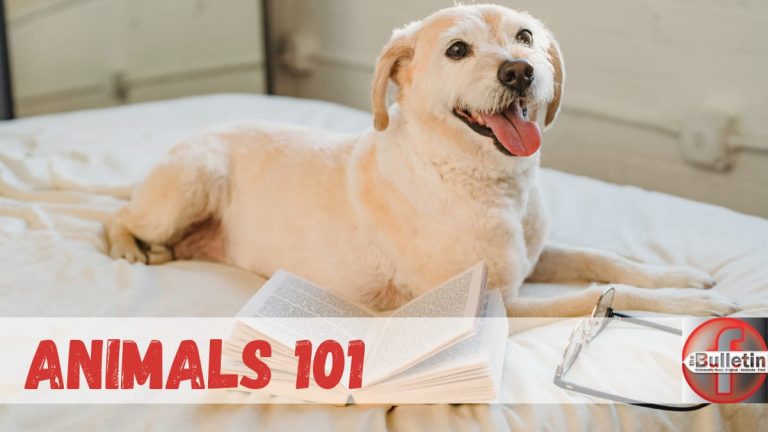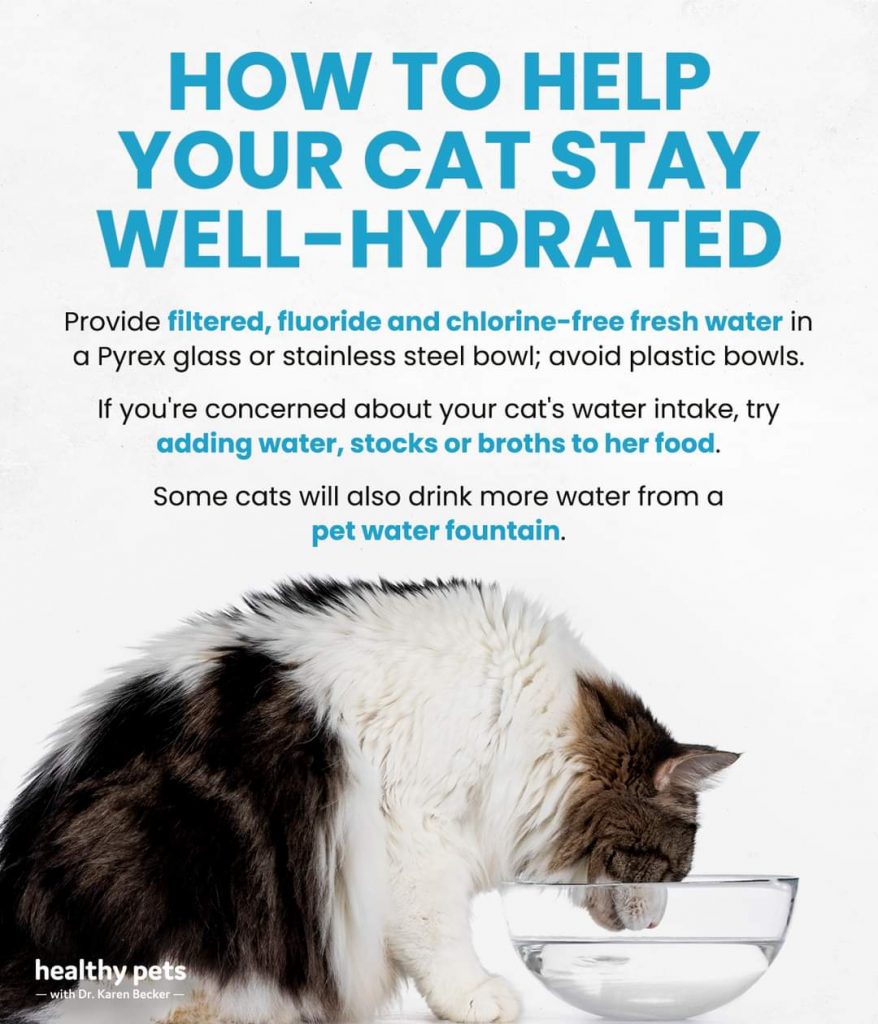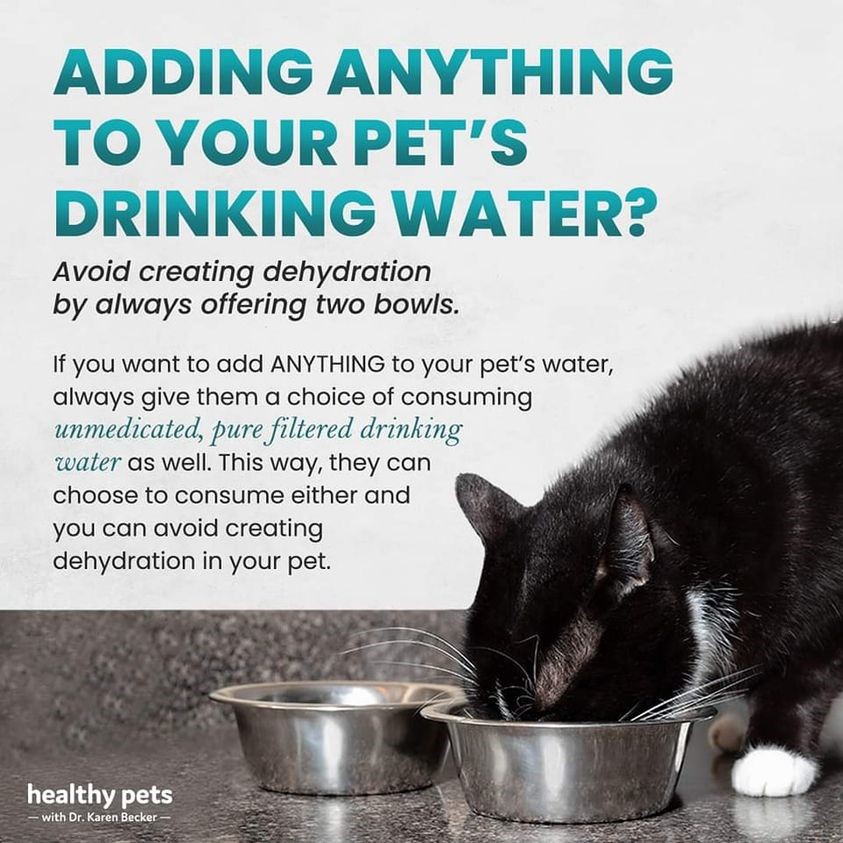
ANIMALS 101 – WAYS TO ENCOURAGE YOUR CAT TO DRINK MORE WATER.
Cats aren’t big drinkers. Domestic cats evolved from desert-dwelling ancestors and there’s little water to be found in dry climates or habitats. That’s probably why navigating bodies of water for any purpose doesn’t come naturally to cats. It’s also why they aren’t as responsive as other animals to sensations of thirst or dehydration and must get most of the moisture their bodies need from the food they eat.
TIPS TO ENCOURAGE RELUCTANT DRINKERS (Dr. Karen Becker & The Cat Nurse)
- Ensure there are enough water stations both inside and outside of the home. These should be spaced out so that each cat indoors has easy access without risking confrontation with another cat.
- A ratio of one water station per cat and a spare is recommended. Various water stations can be offered outside, as long as they are within easy reach of the resident cat.
- Hiding water behind a plant pot (as long as your cat has easy access) or on a raised table might help encourage use.
- Keep the water cool in shaded areas.
- Offer a variety of water stations. Cats like to have a choice, so offering a large bowl, water fountain, tap or even a glass filled with water can be helpful. Once you know your cat’s preferred water receptacle you could try offering more of that type.
- Animals, especially cats like drinking from moving water sources like a water fountain.
- Bowls should not be pushed into a corner. It helps if they can see 360 degrees around them and look out for any threats, while they drink.
- Keep the water away from the litter box area.
- Offer large water bowls as most cats prefer this. However, some cats like drinking from a glass. I expect this is more about location though.
- Older cats are prone to dehydration, so offering extra water stations within easy reach can help keep them stay hydrated.
- Don’t add anything into your pet’s drinking water without offering plain water, in addition to “medicated” water. Most additions to the water can cause the water to have a subtle but unpalatable taste and pets may not consume as much water as they need.

HYDRATION & URINE
Urine colour tells a story about your pet’s health. A urinalysis should be performed by your veterinarian yearly for healthy pets, and more often for older animals and those with existing or chronic health issues.
There are three categories of colours:
1. Clear to light yellow (normal)
2. Bright or dark yellow (possibly dehydrated or other medical problem)
3. Brown, orange, or reddish-pink (possibly medical conditions and bleeding)
The colour you want is clear to light yellow. This means your pet is well hydrated. You do want to see some yellow in there because pee that looks consistently like water with no yellow at all is a sign that your pet is drinking too much water or is unable to concentrate their urine (reflective of a medical problem).
Make it a habit to check your pet’s urine colour. If a pet’s urine is any colour other than clear or yellow, you should visit a veterinarian immediately.
Also read: ANIMALS 101 – MOVING WITH YOUR PET IN MIND

WHISKER FATIGUE
Cats’ whiskers are thick hairs that protrude from a cat’s cheeks, above their eyes, their chins and from the backs of their front legs. They are filled with sensory collecting nerves that collect information about objects, vibrations, and wind currents around the cat. They aid cats to hunt in the dark and are an integral part of their communication system.
Whisker fatigue happens to some cats when their sensitive whiskers are routinely being brushed up against something such as food or water bowls that are too small. It causes discomfort and even pain and it makes eating and drinking stressful.
How Can You Fight Feline Whisker Fatigue?
Choosing shallow, wide bowls that allow your cat to get food and water from the bowl without their whiskers making contact with its sides can help end whisker fatigue.
Make sure your pet always has fresh, clean, cool, safe, drinking water available at all times and if they refuse to drink or the colour of her urine doesn’t improve, it’s time to call your veterinarian.
Next week we will look at reluctant eaters (cats).
WHEN YOU KNOW BETTER, DO BETTER!
#cats # cathealth #hydration #water